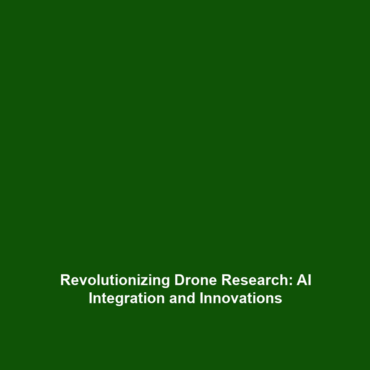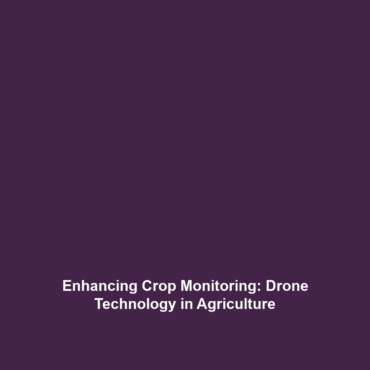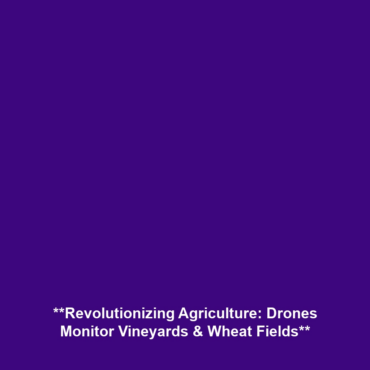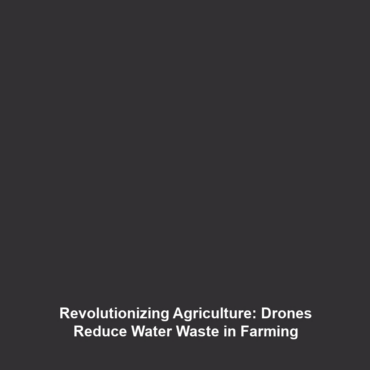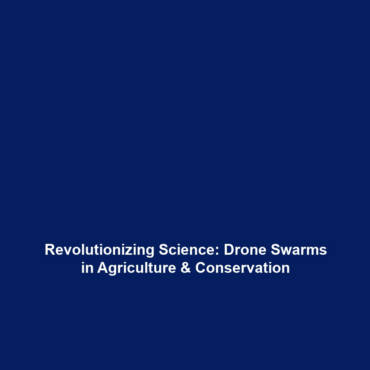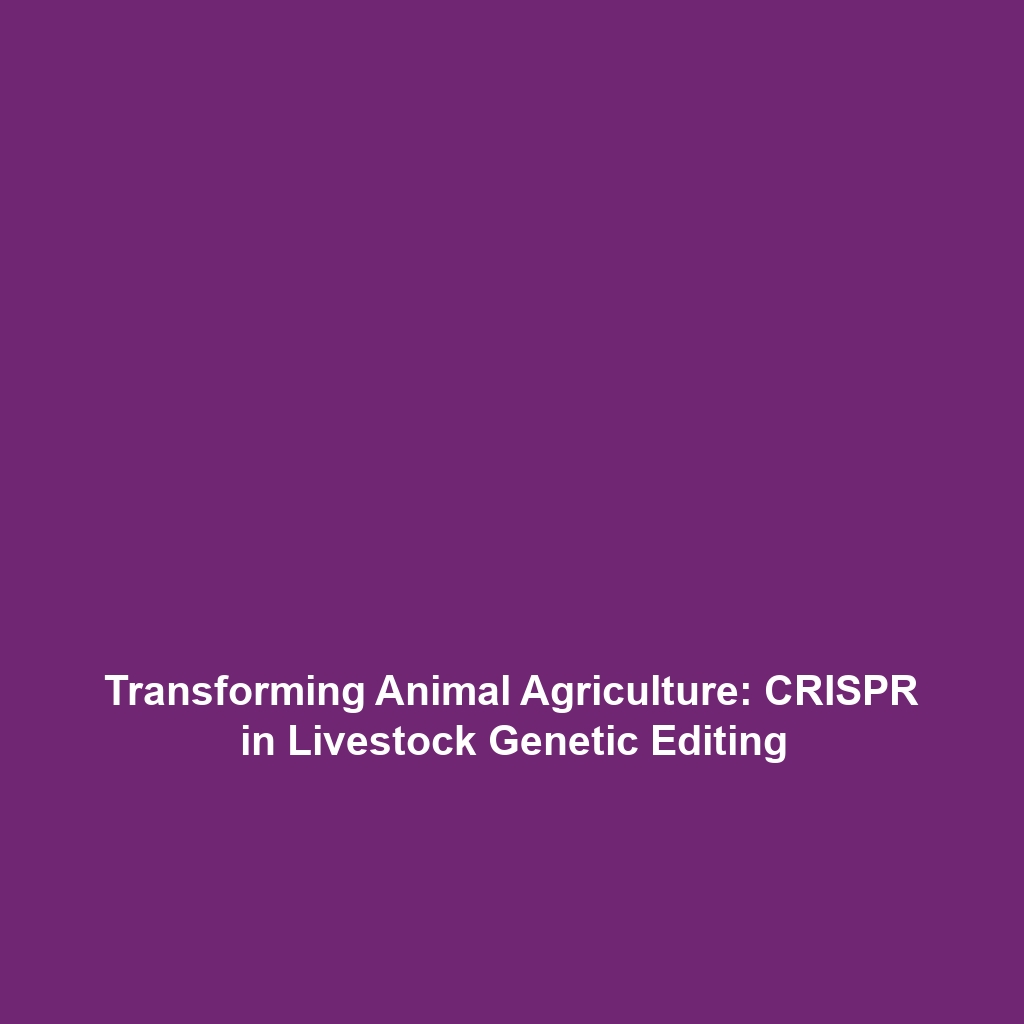<>
Drones and Artificial Intelligence: The Integration of AI in Drone Research
Drones and Artificial Intelligence (AI) are revolutionizing the scientific landscape by enhancing data collection, analysis, and operational efficiencies. The integration of AI in drone research not only improves the capabilities of these unmanned aerial vehicles (UAVs) but also opens new avenues for scientific exploration. This article delves into the significance of this integration within the broader context of Drones in Science, examining its applications, challenges, and future directions.
Key Concepts
Several major concepts underpin the integration of AI in drone research. These include:
- Autonomous Navigation: AI algorithms allow drones to navigate complex environments without human intervention, improving their usability in remote or hazardous areas.
- Data Processing: Drones equipped with AI can process vast amounts of data in real-time, facilitating quicker decision-making and analysis in field research.
- Machine Learning: Drones use machine learning techniques to adapt to new environments and tasks, enhancing their performance over time.
This integration of AI aligns closely with the category of Drones in Science, as it significantly enhances the ability of researchers to conduct studies efficiently and effectively.
Applications and Real-World Uses
The integration of AI in drone research has led to notable applications across various scientific fields. Here are some significant examples:
- Environmental Monitoring: Drones with AI capabilities are used to monitor wildlife, pollution levels, and deforestation, providing researchers with real-time data that is essential for environmental science.
- Agricultural Analysis: In precision agriculture, AI-enabled drones assess crop health, soil conditions, and irrigation needs, allowing for targeted farming interventions.
- Disaster Response: During natural disasters, AI drones are deployed to assess damage and deliver supplies, demonstrating their essential role in emergency management.
These applications highlight how Drones and Artificial Intelligence are being utilized in the context of Drones in Science. Each of these uses showcases the potential for advanced research methodologies powered by cutting-edge technology.
Current Challenges
Despite the benefits of integrating AI with drones, several challenges impede progress in this area:
- Regulatory Issues: Navigating the regulatory landscape surrounding drone use can complicate research efforts, especially in urban areas.
- Data Privacy Concerns: The collection of aerial data raises privacy concerns, necessitating responsible data handling practices.
- Technical Limitations: Current AI technologies may face limitations in processing complex data sets or operating in adverse weather conditions.
These challenges of integrating AI in drone research serve as critical hurdles that need addressing within the broader scope of Drones in Science.
Future Research and Innovations
The future of Drones and Artificial Intelligence continues to promise exciting innovations. Key areas for development include:
- Enhanced AI Algorithms: Ongoing research aims to create more sophisticated AI systems that improve autonomous decision-making capabilities.
- Swarm Technology: Future drones may work collaboratively in swarms, sharing data in real-time to cover larger areas more efficiently.
- Integration with IoT: Combining AI drones with Internet of Things (IoT) devices will enable even smarter data collection and analysis.
These advancements have the potential to reshape the future of Drones in Science, enabling researchers to tackle previously insurmountable challenges.
Conclusion
The integration of AI in drone research is proving to be a transformative force within the realm of Drones in Science. With its vast array of applications, such as environmental monitoring and disaster response, the synergy between drones and AI is set to enhance research capabilities. Addressing the current challenges will be crucial to unlocking the full potential of this technology. As we move forward, it is essential for researchers, policymakers, and technologists to collaborate in harnessing these innovations. To learn more about the intersection of technology and research, visit our related articles on Drone Applications and AI in Research.
